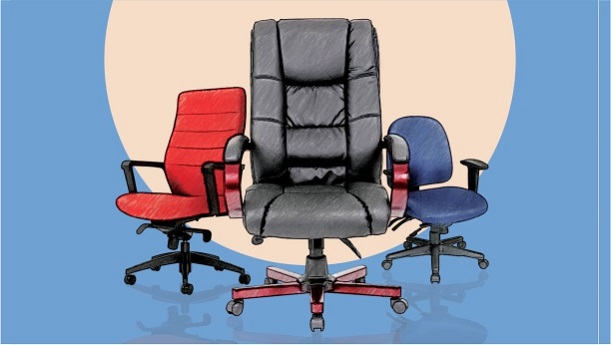
Research has demonstrated that competitive advantage in business, today, erodes faster than in the past. In the coming decades, organisational design will be key if business executives reset management by making the transition from traditional and rigid management to organisational agility.
Log In or become an AIMA member to read more articles
